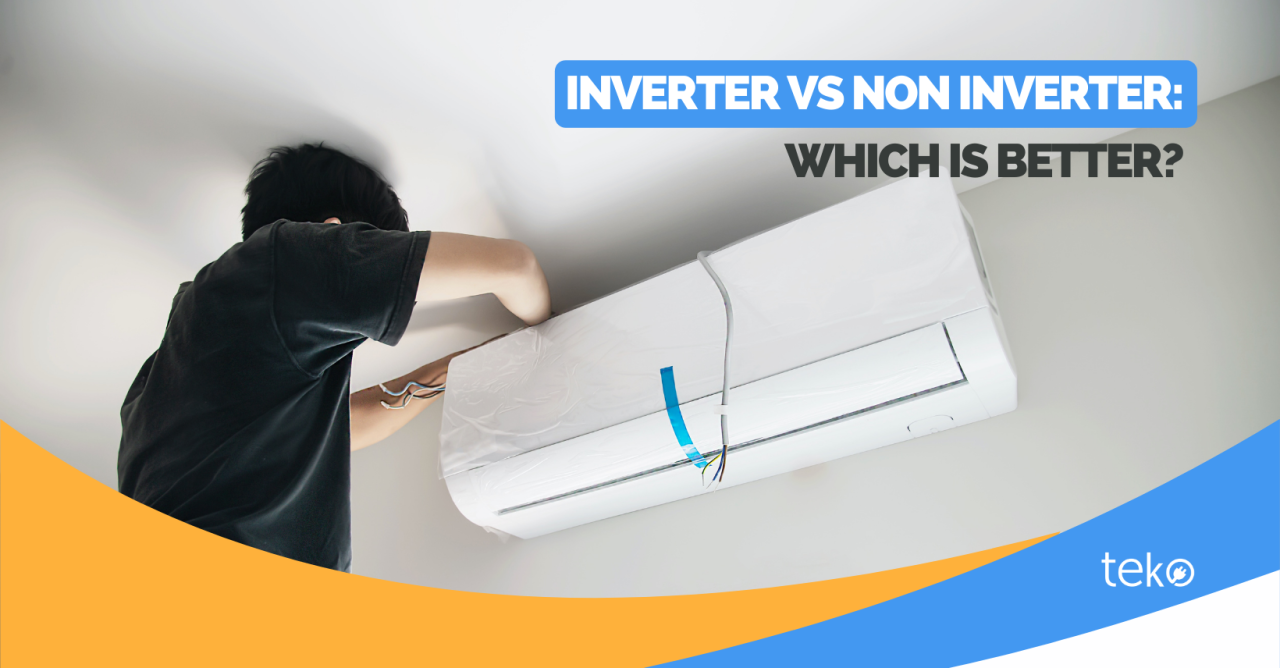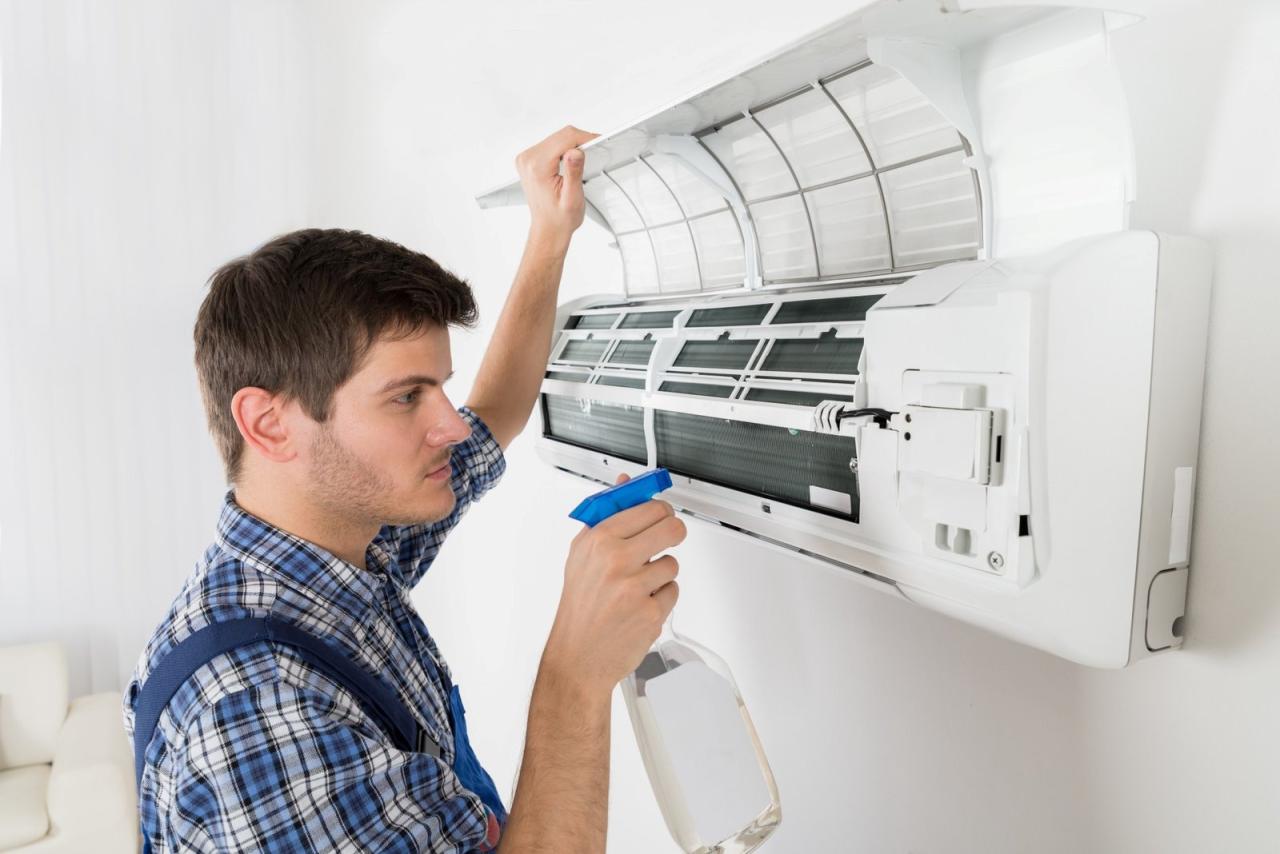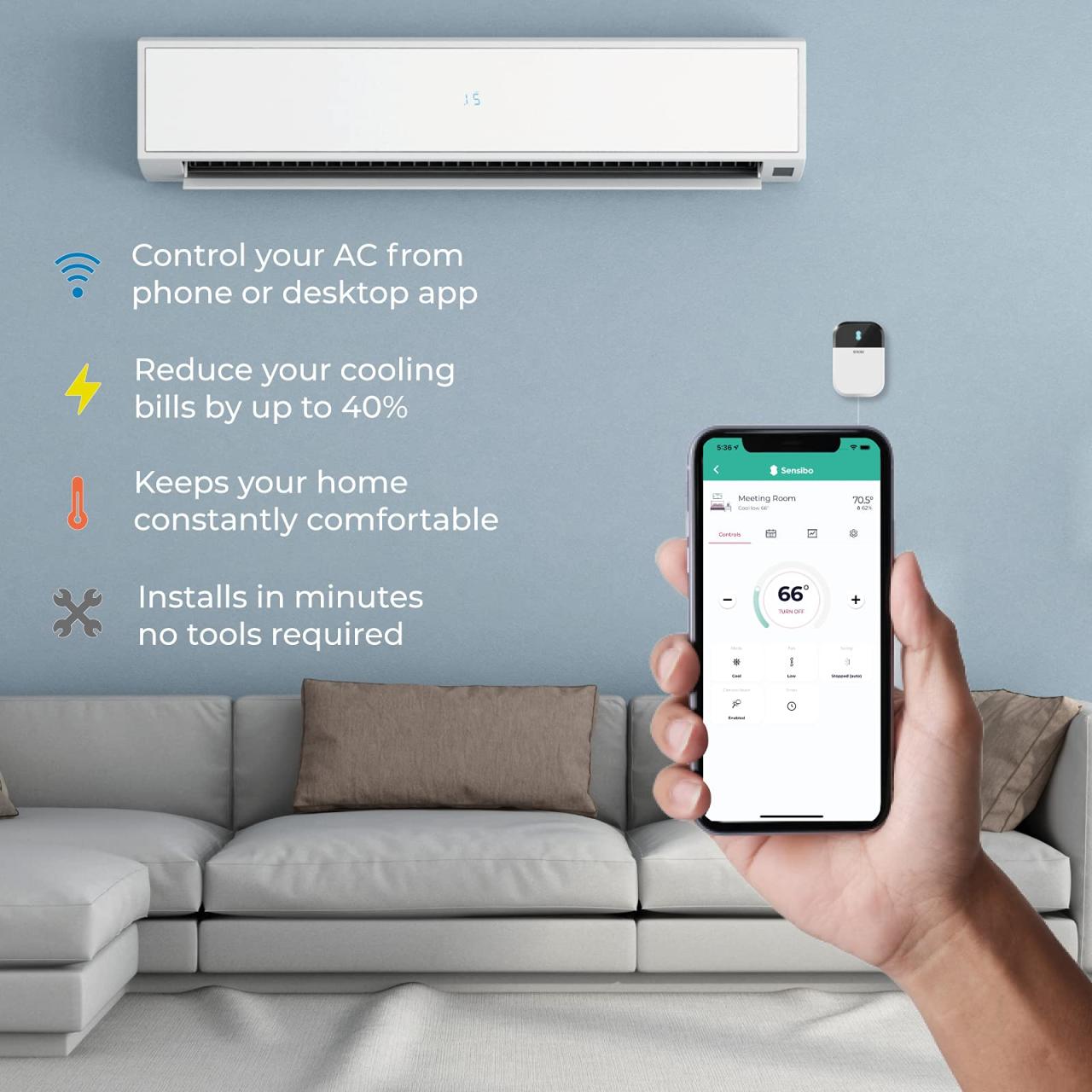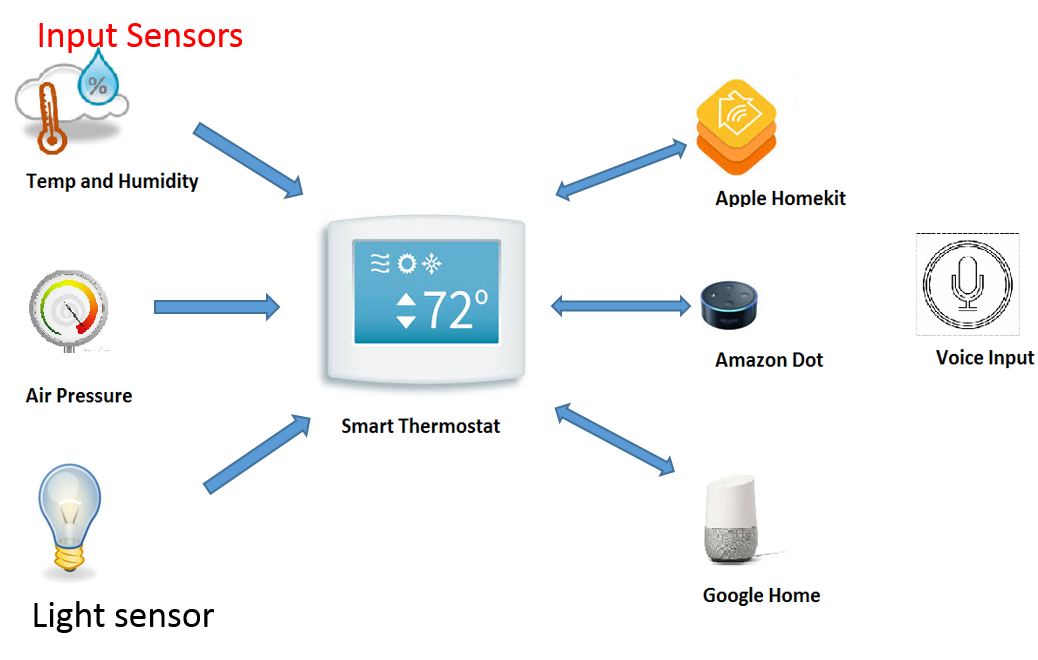Does Insurance Cover Home Adaptations for Illness? Explained
Delve into the realm of home adaptations for illness with a focus on insurance coverage. Discover the ins and outs of how insurance plays a role in making homes more accommodating for those with health conditions.
Explore the various facets of insurance coverage for home adaptations, from what's included to potential exclusions, in this detailed discussion.
Overview of Home Adaptations for Illness

Home adaptations for illness involve modifying living spaces to accommodate the specific needs of individuals with health conditions. These adaptations aim to create a safe and accessible environment that promotes independence and enhances quality of life for those with illnesses.Common examples of home adaptations for illness include installing grab bars in bathrooms to prevent falls, widening doorways to accommodate mobility aids like wheelchairs, adding ramps for easy access, and adjusting countertop heights for individuals with limited mobility.
These modifications are essential in ensuring that individuals with illnesses can navigate their homes comfortably and safely.Creating a safe and accessible living environment is crucial for individuals with health conditions as it can help prevent accidents, promote independence, and improve overall well-being.
By making these modifications, individuals can maintain their dignity, autonomy, and quality of life while managing their health conditions effectively.
Types of Home Adaptations Covered by Insurance

Insurance coverage for home adaptations related to illnesses can vary depending on the specific policy and insurance provider. Generally, insurance may cover the following types of home adaptations:
Ramps and Lifts
- Insurance may cover the installation of ramps or lifts to improve accessibility for individuals with mobility issues.
- Criteria for coverage often include medical necessity and a recommendation from a healthcare provider.
- Limitations may apply based on the extent of the adaptation needed or the specific insurance policy terms.
Bathroom Modifications
- Insurance may cover modifications to the bathroom, such as grab bars, roll-in showers, or raised toilet seats, to enhance safety and accessibility.
- Coverage may be determined based on the individual's medical condition and the necessity of the modifications.
- Exclusions may apply for luxury upgrades or modifications that are not directly related to the illness or medical condition.
Widening Doorways and Hallways
- Insurance may cover the cost of widening doorways and hallways to accommodate mobility aids like wheelchairs or walkers.
- Coverage criteria typically include a recommendation from a healthcare provider and documentation of medical necessity.
- Exclusions may apply for modifications that are considered non-essential or not directly related to the individual's medical condition.
Process of Applying for Insurance Coverage
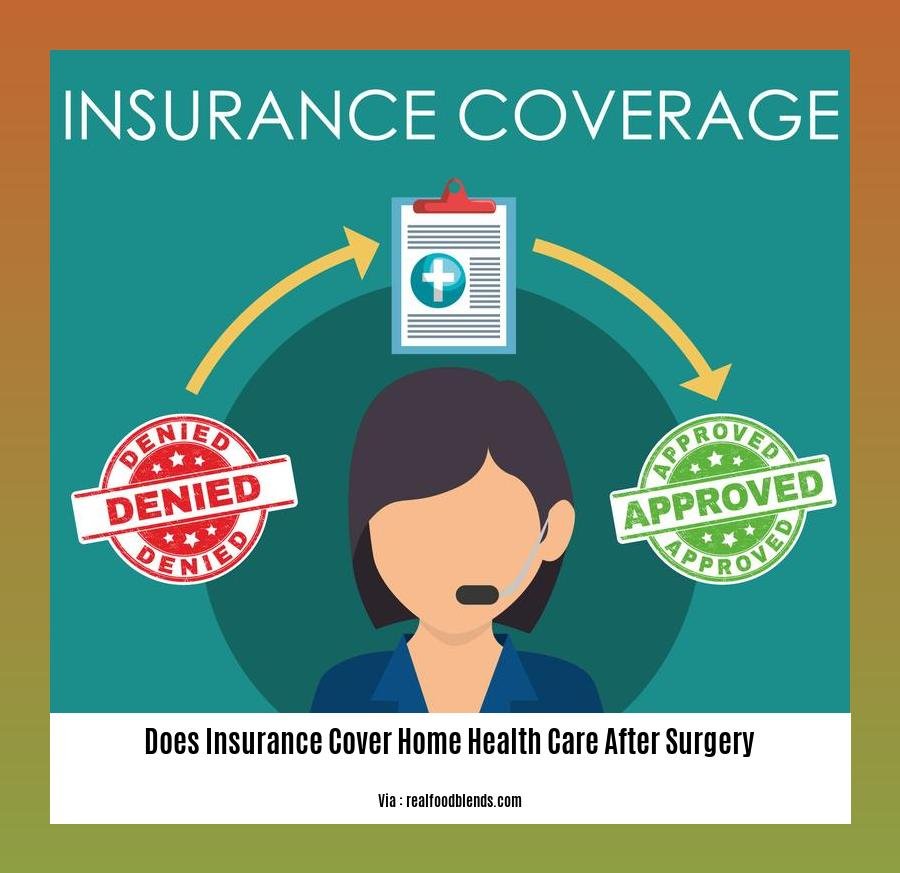
When it comes to applying for insurance coverage for home adaptations due to illness, there are specific steps that need to be followed to ensure a successful claim. Here, we will Artikel the process and provide tips on how to prepare and submit a successful insurance claim for home adaptations, as well as discuss the timeline for approval and disbursement of funds.
Steps for Applying for Insurance Coverage
- Gather all necessary documentation: This includes medical records, prescriptions, and any other relevant paperwork that supports the need for home adaptations.
- Contact your insurance provider: Reach out to your insurance company to understand their specific requirements for filing a claim for home adaptations.
- Submit a detailed claim: Ensure that your claim includes all necessary information, such as the type of home adaptation needed, cost estimates, and supporting documents.
- Wait for approval: Once your claim is submitted, the insurance company will review it and determine whether to approve or deny coverage for the home adaptations.
Tips for a Successful Insurance Claim
- Be thorough: Provide as much detail as possible in your claim to support the need for home adaptations.
- Follow up: Stay in communication with your insurance provider to ensure that your claim is being processed in a timely manner.
- Keep records: Maintain copies of all communications and documentation related to your insurance claim for home adaptations.
Timeline for Approval and Disbursement of Funds
Approval and disbursement timelines can vary depending on the insurance provider and the complexity of the home adaptations needed. In general, it may take a few weeks to a few months for a claim to be processed and funds to be released.
Alternative Funding Options for Home Adaptations
When insurance coverage for home adaptations related to illness is limited or not applicable, there are alternative funding options available to help individuals make necessary modifications to their homes. These funding sources can provide financial assistance for essential changes to improve accessibility and accommodate specific medical needs.
Government Assistance Programs
Government assistance programs, such as Medicaid waivers, Veterans Affairs (VA) benefits, or Social Security Disability Insurance (SSDI), may offer financial support for home adaptations. These programs often have specific eligibility criteria and application processes, but they can provide valuable resources for individuals in need.
Nonprofit Organizations and Charities
Nonprofit organizations and charities dedicated to supporting individuals with illnesses or disabilities may offer grants or financial assistance for home adaptations. These organizations can help cover the costs of modifications like wheelchair ramps, bathroom grab bars, or stair lifts, based on individual needs.
Home Equity Loans or Lines of Credit
For homeowners who have built equity in their homes, taking out a home equity loan or line of credit can be a way to fund home adaptations. While this option involves borrowing against the value of the home, it provides flexibility in terms of repayment and can help cover the upfront costs of necessary modifications.
Crowdfunding and Community Support
Crowdfunding platforms and community fundraisers can also be utilized to raise funds for home adaptations. By sharing their stories and needs online or within their local communities, individuals can garner support from friends, family, and even strangers who are willing to contribute to their cause.
Local Government Grants or Programs
Some local governments offer grants or programs specifically designed to assist residents with home adaptations for medical reasons. These initiatives may provide financial aid, tax incentives, or low-interest loans to help individuals make their homes more accessible and comfortable while dealing with illnesses.
Summary
In conclusion, understanding the nuances of insurance coverage for home adaptations is crucial for ensuring a safe and accessible living environment for individuals with illnesses. This comprehensive guide sheds light on the complexities of navigating insurance policies for home modifications.
FAQ Summary
Does insurance typically cover major home modifications like installing a stairlift?
It depends on the insurance policy. Some may cover it if deemed medically necessary, while others may not.
Are there any specific requirements for insurance to cover home adaptations for illnesses?
Insurance companies often require documentation from healthcare providers to justify the need for specific home adaptations.
What happens if insurance denies coverage for necessary home adaptations?
There are alternative funding options available, such as grants or financial assistance programs, that can help cover the costs.
Does insurance cover home adaptations for all types of illnesses?
Insurance coverage for home adaptations may vary depending on the type of illness and the specific needs of the individual.
Can insurance coverage for home adaptations be retroactive?
Insurance companies usually require pre-approval before modifications are made to ensure coverage, so retroactive coverage is rare.
